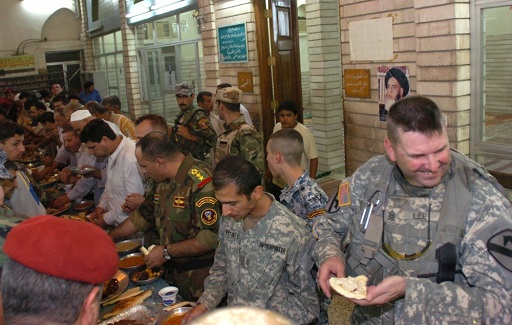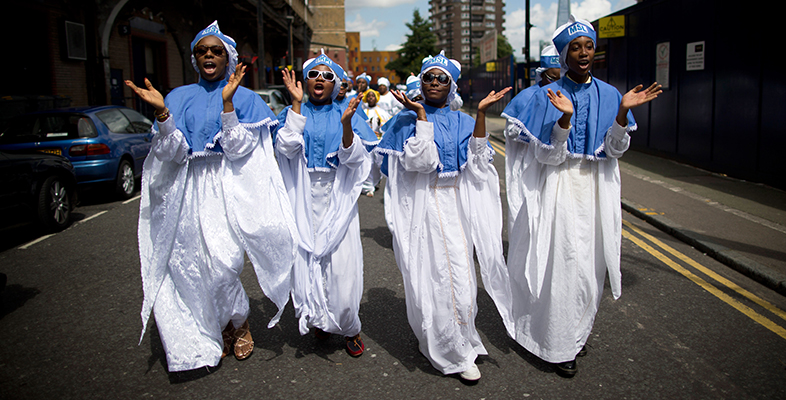3.4 Summary of Section 3

Too often we are encouraged to think of religion as being distinct from – or even opposed to –everyday matters. In practice, however, religious texts and teachings devote considerable attention to how to handle our human bodies in everyday situations. In fact, it is often difficult to know where religion stops and culture starts.
In religious studies we often find ourselves reflecting on beliefs and practices that other people take for granted, but may be strange to our own background. By doing this we gain a far richer sense of the world. We can also gain insights into our own habits and assumptions. By turning our attention to some of these habits of diet, we learn about everyday, physical, material and sensual practices that are key elements of many people’s religious lives.
By looking at the diversity of religious practices, we have emphasised that there is no fixed or unassailable barrier between putatively ‘official’ rules and lived reality. There is, rather, a dynamic and fluid continuum between what people are taught and what they actually do. Similarly, what people do may shift as they choose to join in more or less with particular traditions.
One reason for studying religious practices is that it can improve the chances of religious people getting a fair hearing in legal, political and media realms. In employment and educational contexts, the law requires respect and equal treatment for those who have religious obligations, such as fasting. When religions are imagined as ‘belief systems’ and thought to be defined by strict adherence to creeds or other official teachings, the actual living or doing of religion can be marginalised. Equally, when one person, group or text is taken to be definitive of how a religion should be lived, all other practices can be made difficult.
